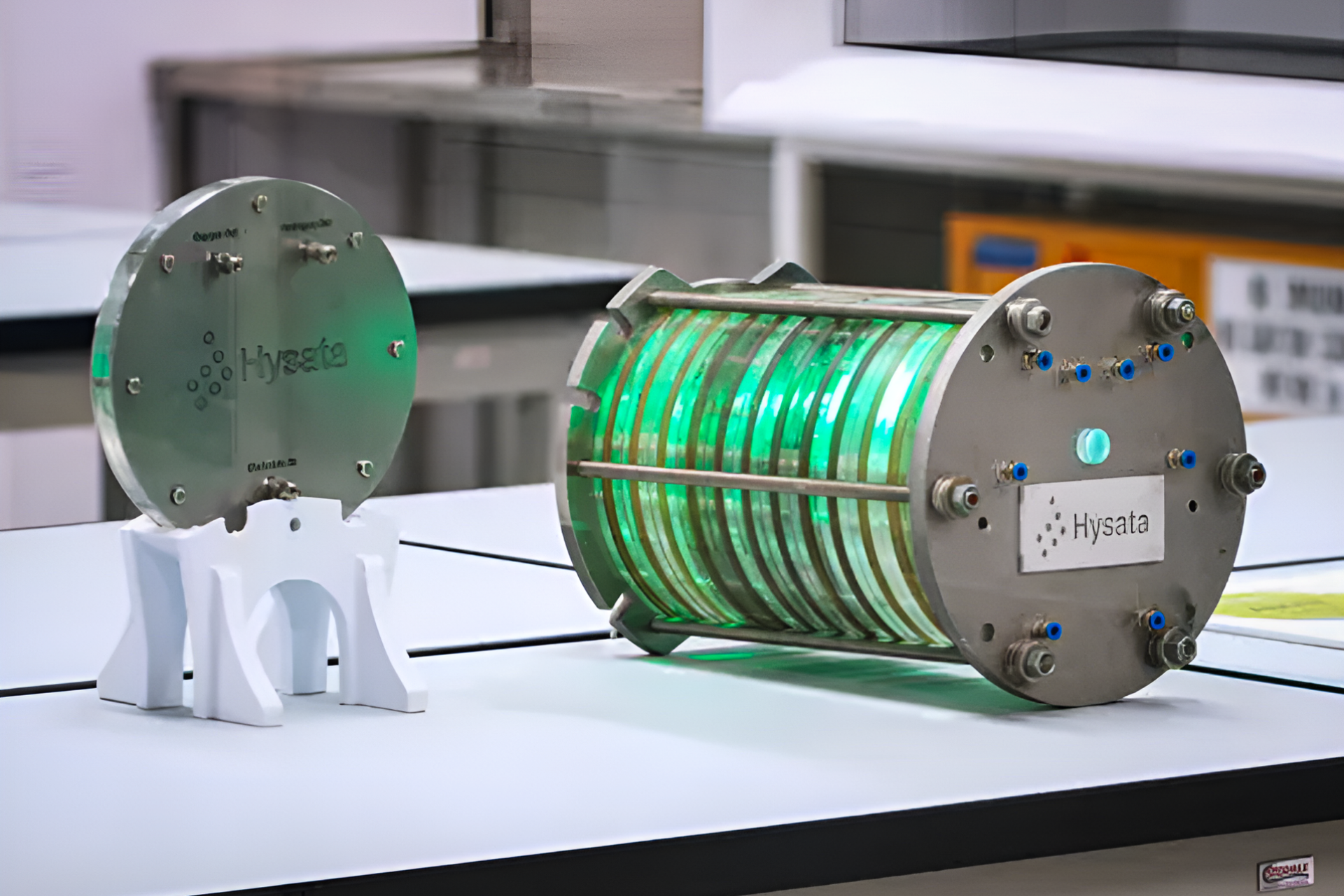 Hysata promises the world's cheapest hydrogen, thanks to a remarkable device that splits water into H2 and O2 at 95% efficiency – some 20% higher than the best conventional electrolyzers. The company has raised US$111 million to scale up production.
Hysata promises the world's cheapest hydrogen, thanks to a remarkable device that splits water into H2 and O2 at 95% efficiency – some 20% higher than the best conventional electrolyzers. The company has raised US$111 million to scale up production.
You have to throw some energy away to make hydrogen – typically around 20-30%, even with the best systems, which use around 52.5 kWh of energy to create a kilogram of hydrogen that can store 39.4 kWh of energy. It's a waste of renewable energy, and it contributes to the high cost of a green fuel option that's really struggling to compete against fossils and batteries in many applications.
Under Pressure: Harvard Scientists Break Through Precise Measurement with New Tool
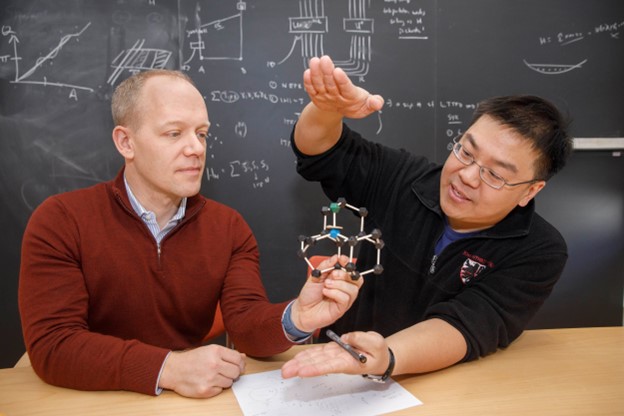 Hydrogen (like many of us) acts weird under pressure. Theory predicts that when crushed by the weight of more than a million times Earth’s atmosphere, this light, abundant, normally gaseous element first becomes a metal and then, even more strangely, a superconductor – a material that conducts electricity with no resistance. Scientists have been eager to understand and eventually harness superconducting hydrogen-rich compounds, called hydrides, for practical applications ranging from levitating trains to electric grids that transmit power with perfect efficiency to new types of electronics and memory devices. But studying the behavior of these and other materials under enormous, sustained pressure is anything but practical, and accurately measuring those behaviors ranges somewhere between a nightmare and impossible.
Hydrogen (like many of us) acts weird under pressure. Theory predicts that when crushed by the weight of more than a million times Earth’s atmosphere, this light, abundant, normally gaseous element first becomes a metal and then, even more strangely, a superconductor – a material that conducts electricity with no resistance. Scientists have been eager to understand and eventually harness superconducting hydrogen-rich compounds, called hydrides, for practical applications ranging from levitating trains to electric grids that transmit power with perfect efficiency to new types of electronics and memory devices. But studying the behavior of these and other materials under enormous, sustained pressure is anything but practical, and accurately measuring those behaviors ranges somewhere between a nightmare and impossible.
Read More
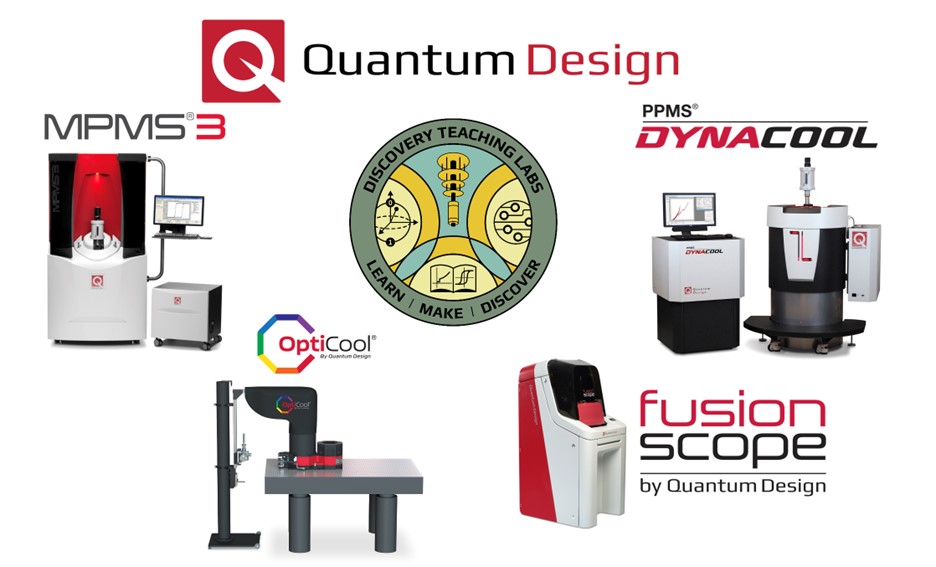 Since 1982, Quantum Design has been providing lab-ready scientific instruments to colleges, universities, government and corporate laboratories around the world. Instruments include the DynaCool® Physical Property Measurement System (PPMS), the MPMS3® SQUID Magnetometer and VersaLab® Physics Education System. The OptiCool® is a large volume, low vibration, low temperature and high magnetic field cryogen-free environment for magneto-optical investigations. The FusionScope® is a correlative microscopy system for scanning electron microscopy (SEM), atomic force microscopy (AFM) and elemental imaging of materials. These instruments are made in the US and were designed and developed by Quantum Design’s engineering team in San Diego, Calif.
Since 1982, Quantum Design has been providing lab-ready scientific instruments to colleges, universities, government and corporate laboratories around the world. Instruments include the DynaCool® Physical Property Measurement System (PPMS), the MPMS3® SQUID Magnetometer and VersaLab® Physics Education System. The OptiCool® is a large volume, low vibration, low temperature and high magnetic field cryogen-free environment for magneto-optical investigations. The FusionScope® is a correlative microscopy system for scanning electron microscopy (SEM), atomic force microscopy (AFM) and elemental imaging of materials. These instruments are made in the US and were designed and developed by Quantum Design’s engineering team in San Diego, Calif.
Read More
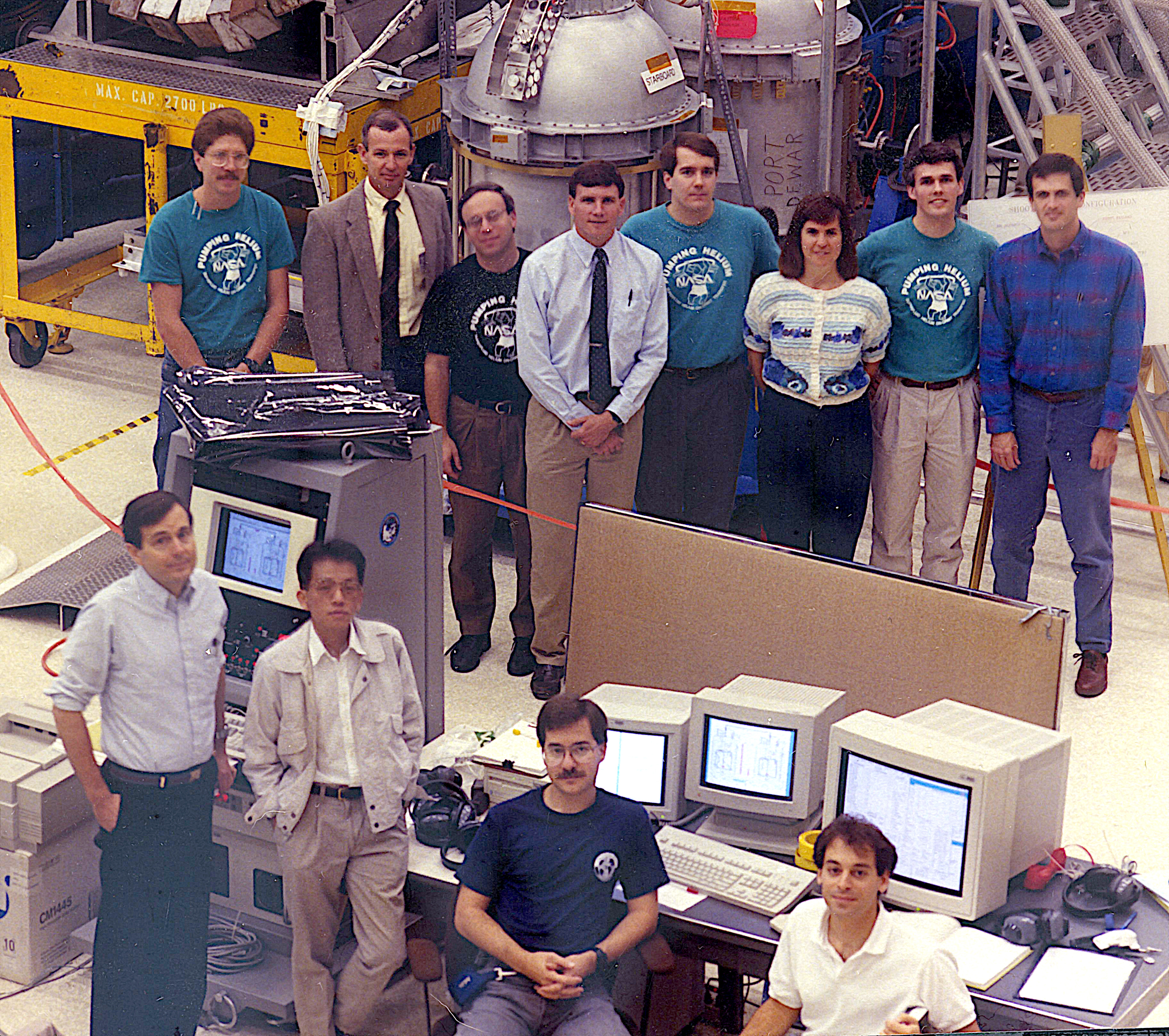 The '80s have been thrust back into our collective conscious! Hits such as Tracy Chapman's "Fast Car" and "Running up that Hill" by Kate Bush have been introduced to a new generation by an incredibly popular cover of the first song and the repetitious use of the second in a recent hit TV series. So, I thought it was appropriate to bring back something spaceflight-related from that decade. The Superfluid Helium on Orbit Transfer flight demonstration, SHOOT, was conceived in 1982 and executed by NASA Goddard Space Flight Center over the remainder of the 1980s.
The '80s have been thrust back into our collective conscious! Hits such as Tracy Chapman's "Fast Car" and "Running up that Hill" by Kate Bush have been introduced to a new generation by an incredibly popular cover of the first song and the repetitious use of the second in a recent hit TV series. So, I thought it was appropriate to bring back something spaceflight-related from that decade. The Superfluid Helium on Orbit Transfer flight demonstration, SHOOT, was conceived in 1982 and executed by NASA Goddard Space Flight Center over the remainder of the 1980s.
Read More
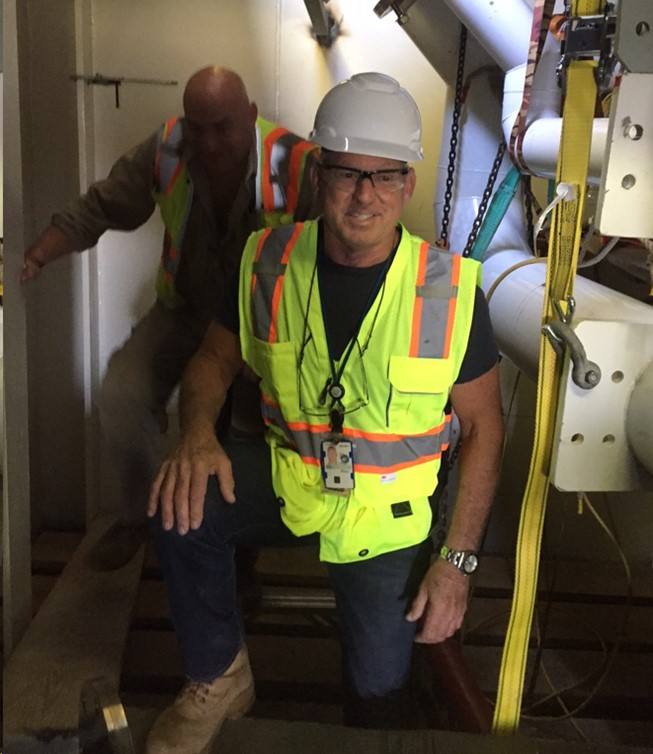 CRYOCO is at the forefront of cryogenic education, training and consulting, boasting a 45-year legacy of providing unparalleled expertise. With a focus on fostering technical prowess across various sectors, from aerospace to medical industries, the company has been instrumental in shaping the landscape of cryogenic applications. Led by David-John Roth, a seasoned cryogenic engineer and subject-matter expert at Kennedy Space Center, CRYOCO offers an array of in-person classroom-style courses tailored to meet the diverse needs of industries worldwide. As Cold Facts celebrates up-and-coming scientists and engineers in our “Young Professionals in Cryogenics and Superconductivity” feature, we sit down with David-John Roth to explore the professional development opportunities CRYOCO offers and discuss the opportunities young professionals bring to the industry.
CRYOCO is at the forefront of cryogenic education, training and consulting, boasting a 45-year legacy of providing unparalleled expertise. With a focus on fostering technical prowess across various sectors, from aerospace to medical industries, the company has been instrumental in shaping the landscape of cryogenic applications. Led by David-John Roth, a seasoned cryogenic engineer and subject-matter expert at Kennedy Space Center, CRYOCO offers an array of in-person classroom-style courses tailored to meet the diverse needs of industries worldwide. As Cold Facts celebrates up-and-coming scientists and engineers in our “Young Professionals in Cryogenics and Superconductivity” feature, we sit down with David-John Roth to explore the professional development opportunities CRYOCO offers and discuss the opportunities young professionals bring to the industry.
Read More
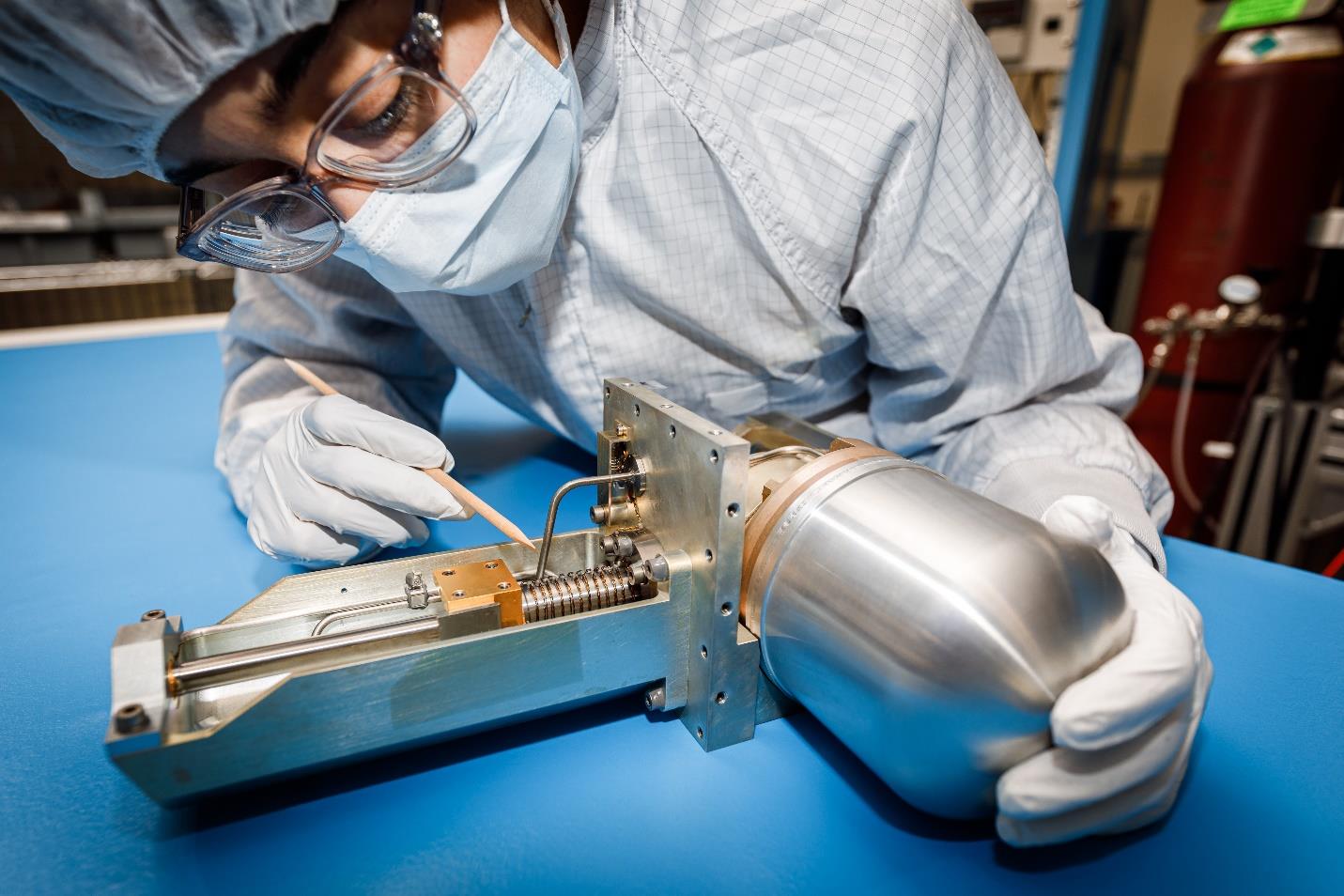 For decades, Northrop Grumman has been making highly dependable cooling systems, cryocoolers, for spacecraft. In spacecraft, a cryocooler is most often essentially a specialized refrigerator deployed on satellites and space telescopes to maintain extremely low temperatures for onboard sensors. This is crucial for capturing high-resolution images of Earth or outer space, like the ones captured by the James Webb Space Telescope. Reliability is key because cryocoolers are part of a symbiotic relationship. If the cryocooler malfunctions, then sensors won’t function. They need each other.
For decades, Northrop Grumman has been making highly dependable cooling systems, cryocoolers, for spacecraft. In spacecraft, a cryocooler is most often essentially a specialized refrigerator deployed on satellites and space telescopes to maintain extremely low temperatures for onboard sensors. This is crucial for capturing high-resolution images of Earth or outer space, like the ones captured by the James Webb Space Telescope. Reliability is key because cryocoolers are part of a symbiotic relationship. If the cryocooler malfunctions, then sensors won’t function. They need each other.
Read More
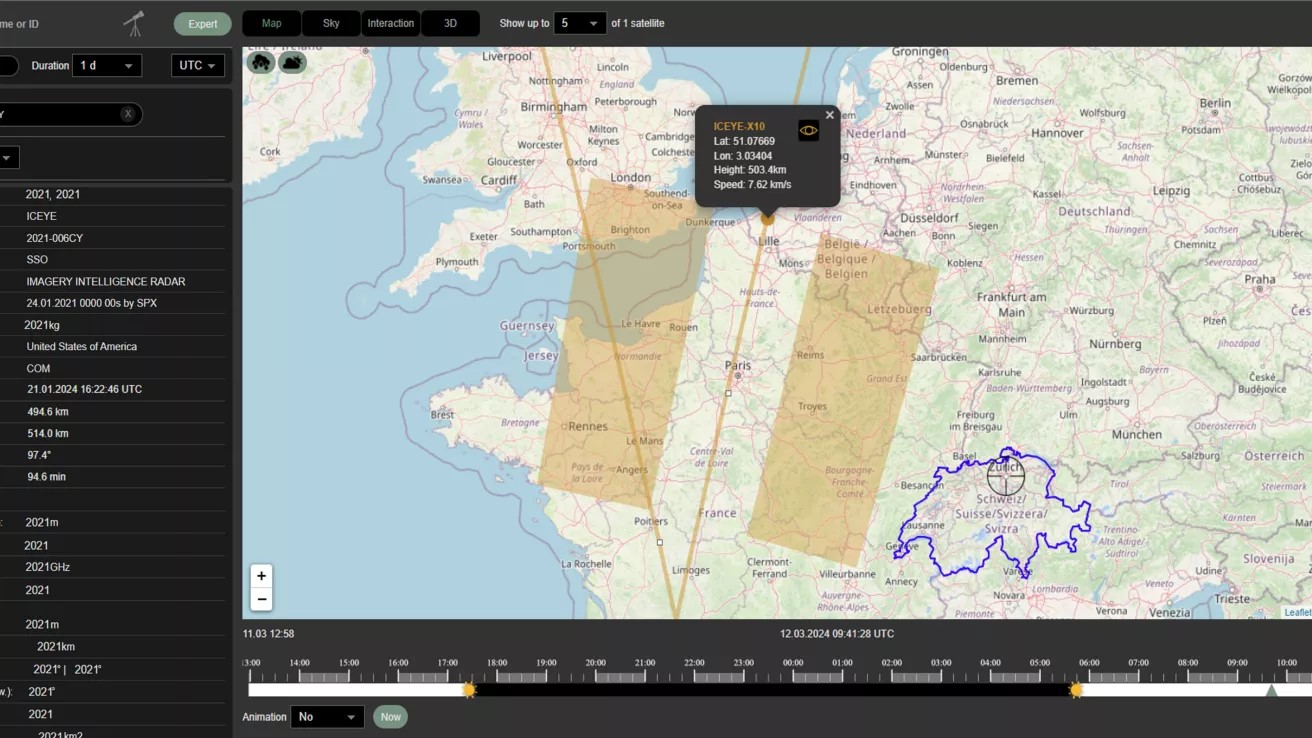 Beyond Gravity, a leading space supplier, expands its expertise into space data services with the launch of its new Space Situational Awareness (SSA) solution. This innovative service, leveraging over six years of data collection, offers unparalleled accuracy and insights into more than 10,000 active satellites, promising to enhance faster decision-making for institutional and commercial customers alike.
Beyond Gravity, a leading space supplier, expands its expertise into space data services with the launch of its new Space Situational Awareness (SSA) solution. This innovative service, leveraging over six years of data collection, offers unparalleled accuracy and insights into more than 10,000 active satellites, promising to enhance faster decision-making for institutional and commercial customers alike.
Read More
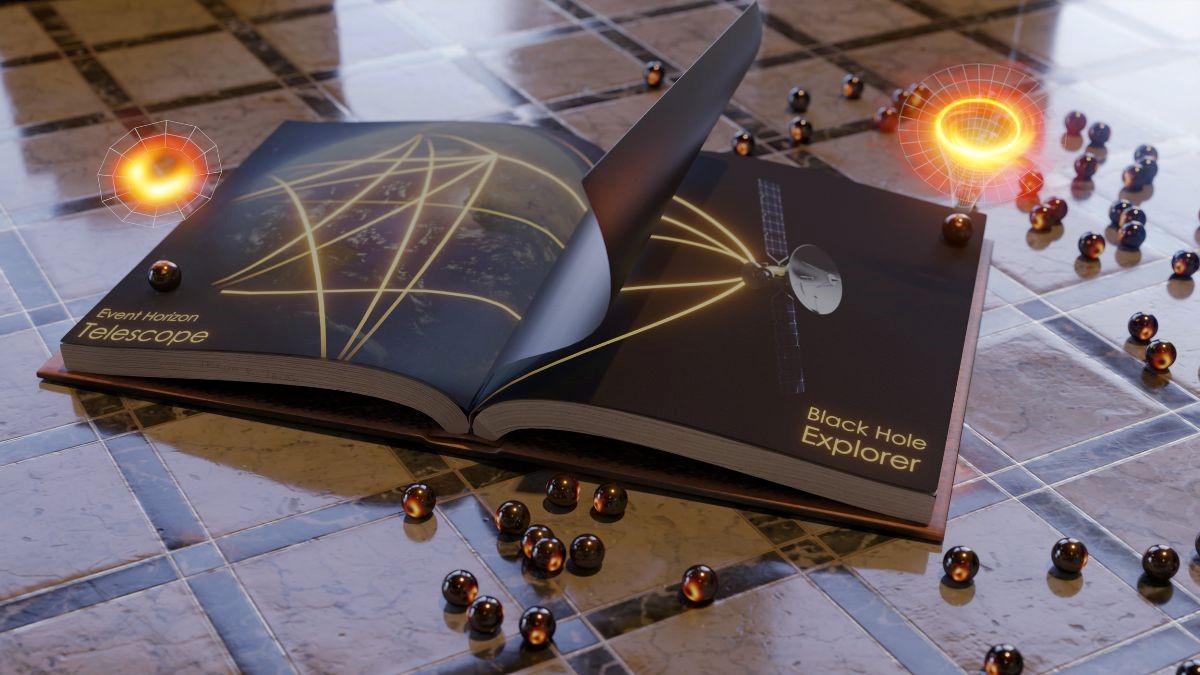 Our friends at the Smithsonian Astrophysical Observatory, in collaboration with other institutions, have published a Request for Information (RFI) for The Black Hole Explorer (BHEX) 4 K Spaceflight Cryocooling System.
Our friends at the Smithsonian Astrophysical Observatory, in collaboration with other institutions, have published a Request for Information (RFI) for The Black Hole Explorer (BHEX) 4 K Spaceflight Cryocooling System. Harnessing nuclear fusion, the process by which lighter atoms combine into heavier ones, has been a dream of researchers for generations: in theory, it could produce electricity without emitting greenhouse gases and, unlike nuclear fission, generate very little radioactive waste.
Harnessing nuclear fusion, the process by which lighter atoms combine into heavier ones, has been a dream of researchers for generations: in theory, it could produce electricity without emitting greenhouse gases and, unlike nuclear fission, generate very little radioactive waste.
Read More
Enhancing Fusion Reactor Control Through Combined Plasma Management Techniques
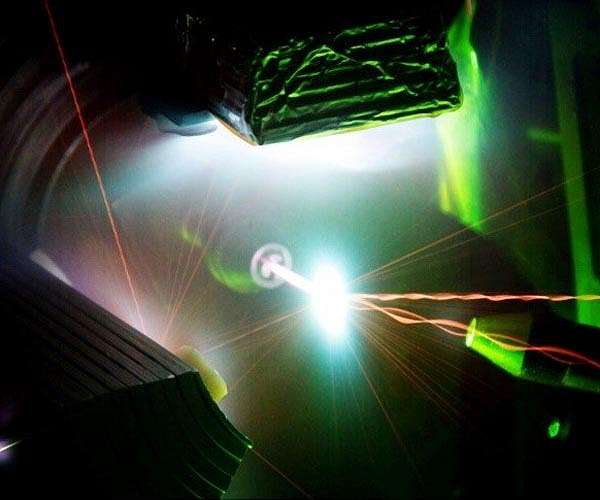 Researchers at the U.S. Department of Energy's Princeton Plasma Physics Laboratory (PPPL) are advancing fusion technology by integrating two established plasma control methods-electron cyclotron current drive (ECCD) and resonant magnetic perturbations (RMP). This combination has shown promising results in improving plasma management, crucial for generating electricity through fusion.
Researchers at the U.S. Department of Energy's Princeton Plasma Physics Laboratory (PPPL) are advancing fusion technology by integrating two established plasma control methods-electron cyclotron current drive (ECCD) and resonant magnetic perturbations (RMP). This combination has shown promising results in improving plasma management, crucial for generating electricity through fusion.
The team's latest simulations, discussed in their recent publication in Nuclear Fusion, mark the first instance where ECCD and RMP have been used together experimentally. "We are exploring new frontiers with this approach, enhancing our control over plasma behavior," commented Qiming Hu, a PPPL staff research physicist and the paper's lead author.
Read More
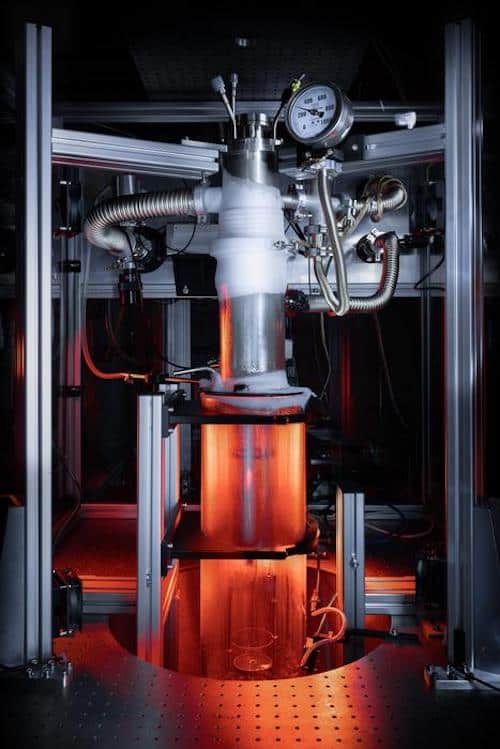 A novel experimental platform known as a giant quantum vortex mimics certain behaviors of black holes, giving scientists an opportunity to observe the physics of these astrophysical structures up close. The vortex appears in superfluid helium cooled to near-absolute zero temperatures, and according to the team that made it, studies of its dynamics could offer hints as to how cosmological black holes produce their characteristic rotating curved space–times.
A novel experimental platform known as a giant quantum vortex mimics certain behaviors of black holes, giving scientists an opportunity to observe the physics of these astrophysical structures up close. The vortex appears in superfluid helium cooled to near-absolute zero temperatures, and according to the team that made it, studies of its dynamics could offer hints as to how cosmological black holes produce their characteristic rotating curved space–times.
Read More
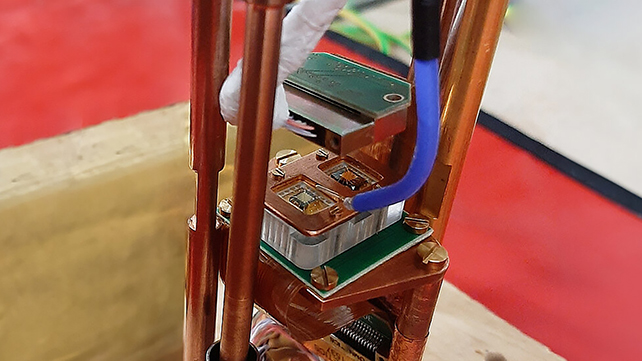 Superconductivity continues to revolutionize technology in so many ways. While some technological advances rely on finding ways to encourage zero-resistance currents at warmer temperatures, engineers are also considering better ways of fine-controlling the super-efficient flow of electrons.
Superconductivity continues to revolutionize technology in so many ways. While some technological advances rely on finding ways to encourage zero-resistance currents at warmer temperatures, engineers are also considering better ways of fine-controlling the super-efficient flow of electrons.
Read More
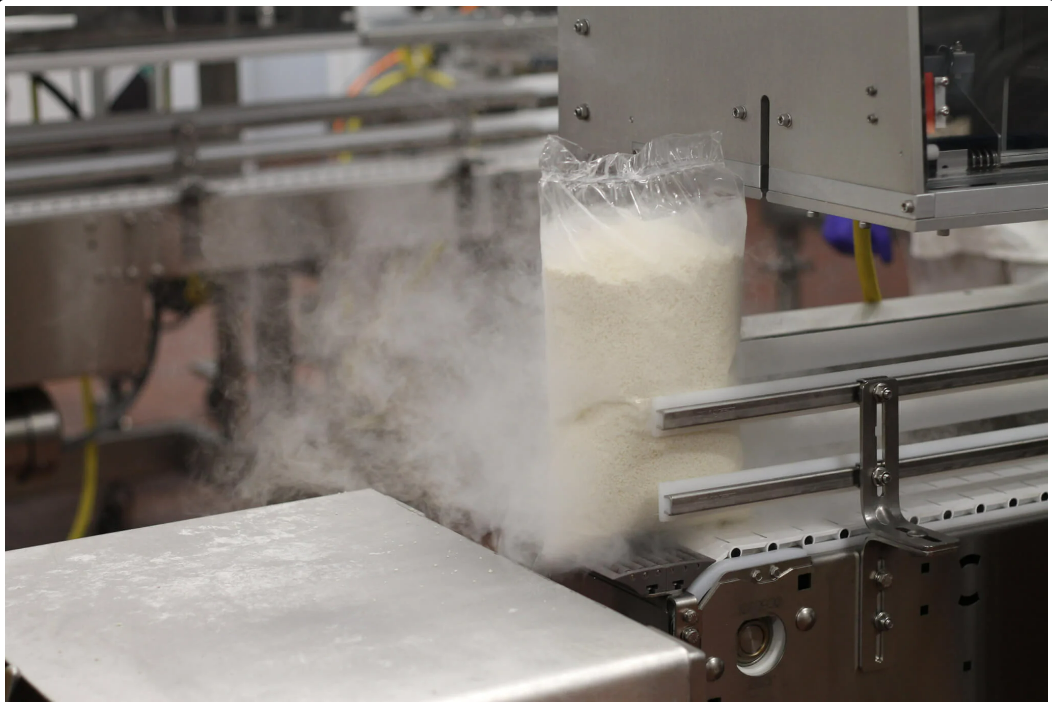 Cryogenic freezing specialist Cryogenic Processors will open a new cryogenic freezing and freeze-drying facility in Paducah, Kentucky, at the end of 2024. The plant will feature three isolated pelletising rooms, each equipped with advanced blending systems and a standard conical pelletiser with an increased capacity of 1000kg per hour. Once pelletized, storage will be available at temperatures as low as -60°C (-76°F).
Cryogenic freezing specialist Cryogenic Processors will open a new cryogenic freezing and freeze-drying facility in Paducah, Kentucky, at the end of 2024. The plant will feature three isolated pelletising rooms, each equipped with advanced blending systems and a standard conical pelletiser with an increased capacity of 1000kg per hour. Once pelletized, storage will be available at temperatures as low as -60°C (-76°F).
Read More
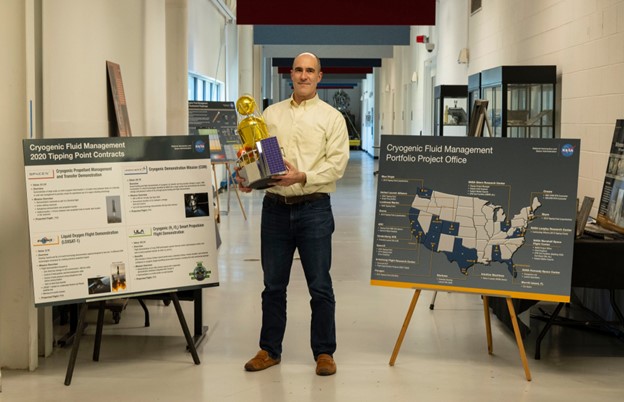 Jeremy Kenny squinted his eyes as he looked toward the brilliant light. Then came the deafening sound waves that vibrated his body. This was the moment he’d dreamed about since childhood. It was Nov. 16, 2009, at NASA’s Kennedy Space Center in Florida, and Kenny and his wife were watching space shuttle Atlantis embark on a mission to the International Space Station. Kenny, who was less than two years into his NASA career, had the opportunity to see the liftoff from Launch Pad 39A as part of receiving the Space Flight Awareness Award for supporting the Space Shuttle Program’s solid rocket booster flight program.
Jeremy Kenny squinted his eyes as he looked toward the brilliant light. Then came the deafening sound waves that vibrated his body. This was the moment he’d dreamed about since childhood. It was Nov. 16, 2009, at NASA’s Kennedy Space Center in Florida, and Kenny and his wife were watching space shuttle Atlantis embark on a mission to the International Space Station. Kenny, who was less than two years into his NASA career, had the opportunity to see the liftoff from Launch Pad 39A as part of receiving the Space Flight Awareness Award for supporting the Space Shuttle Program’s solid rocket booster flight program.
Read More
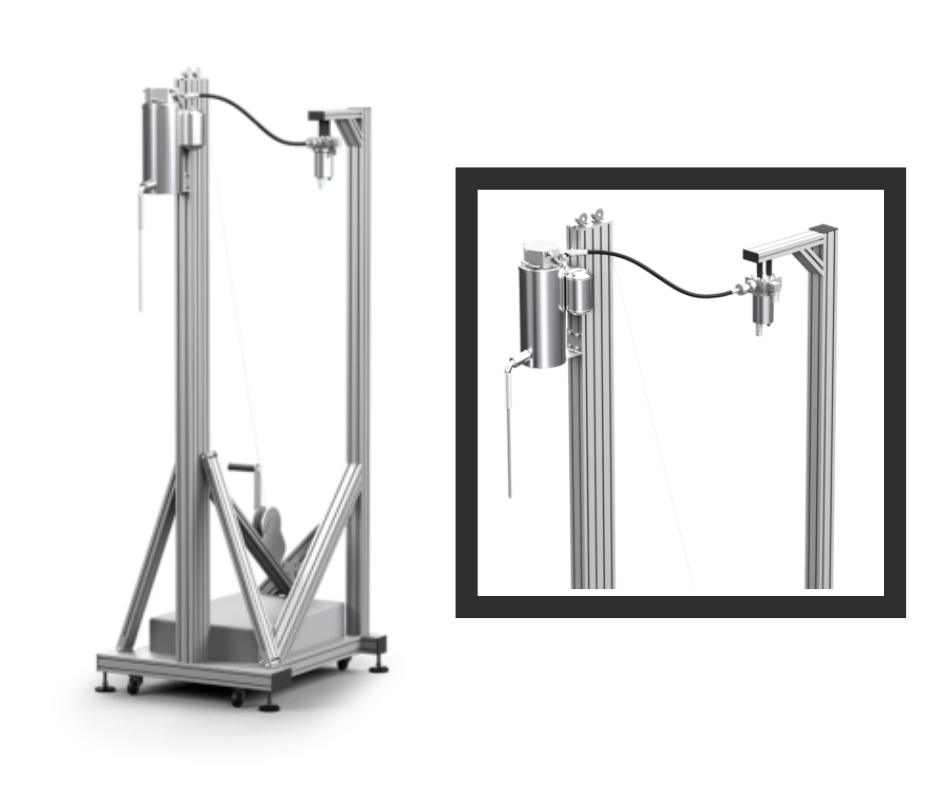 Bluefors has introduced its latest advancement: the Cryomech HeRL02-RM. This cutting-edge helium reliquefier, specifically engineered for helium recovery from individual nuclear magnetic resonance (NMR) units, marks a significant stride in helium conservation and management. The Cryomech HeRL02-RM establishes a closed-loop, zero-boiloff system for NMR magnets, ensuring optimal helium utilization. Boiled-off helium is efficiently redirected through a vapor return line to the reliquefier, powered by a Pulse Tube Cryocooler, where it undergoes instant liquefaction before being reintroduced to the magnet’s helium bath.
Bluefors has introduced its latest advancement: the Cryomech HeRL02-RM. This cutting-edge helium reliquefier, specifically engineered for helium recovery from individual nuclear magnetic resonance (NMR) units, marks a significant stride in helium conservation and management. The Cryomech HeRL02-RM establishes a closed-loop, zero-boiloff system for NMR magnets, ensuring optimal helium utilization. Boiled-off helium is efficiently redirected through a vapor return line to the reliquefier, powered by a Pulse Tube Cryocooler, where it undergoes instant liquefaction before being reintroduced to the magnet’s helium bath.
Read More
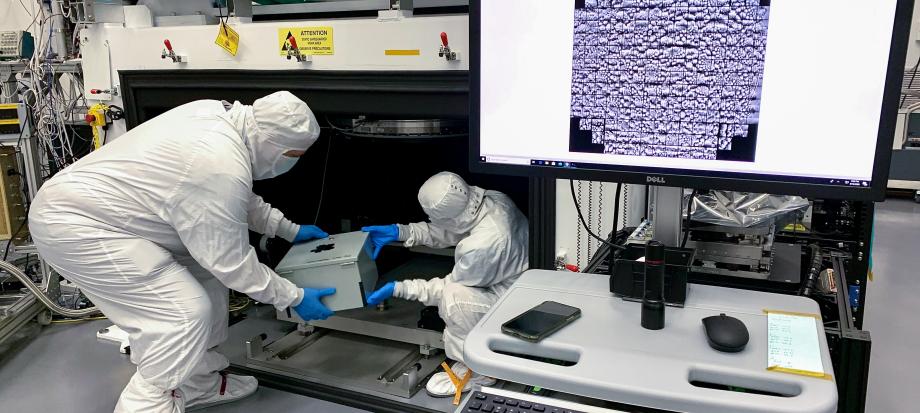 The completion of the Legacy Survey of Space and Time (LSST) Camera, after two decades of collaborative work involving scientists and engineers at the Department of Energy's SLAC National Accelerator Laboratory and international partners, signifies a significant milestone in the construction of the Vera C. Rubin Observatory in Chile. The LSST Camera, designed to conduct a 10-year survey of the Southern Hemisphere sky, represents the largest digital camera ever built for astronomy.
The completion of the Legacy Survey of Space and Time (LSST) Camera, after two decades of collaborative work involving scientists and engineers at the Department of Energy's SLAC National Accelerator Laboratory and international partners, signifies a significant milestone in the construction of the Vera C. Rubin Observatory in Chile. The LSST Camera, designed to conduct a 10-year survey of the Southern Hemisphere sky, represents the largest digital camera ever built for astronomy.
Read More
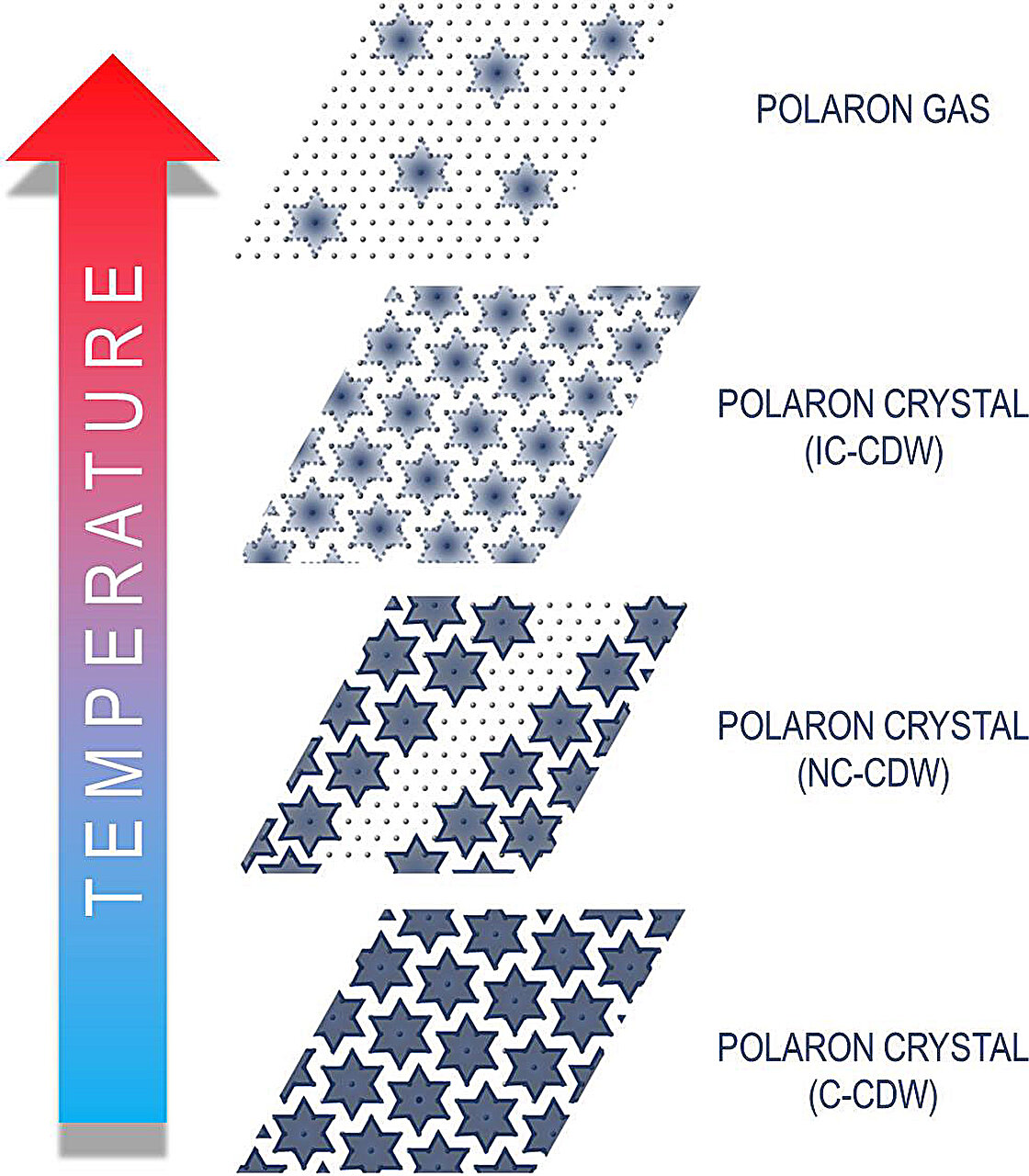 Research often unfolds as a multistage process. The solution to one question can spark several more, inspiring scientists to reach further and look at the larger problem from several different perspectives. Such projects can often be the catalyst for collaborations that leverage the expertise and capabilities of different teams and institutions as they grow.
Research often unfolds as a multistage process. The solution to one question can spark several more, inspiring scientists to reach further and look at the larger problem from several different perspectives. Such projects can often be the catalyst for collaborations that leverage the expertise and capabilities of different teams and institutions as they grow.
Read More
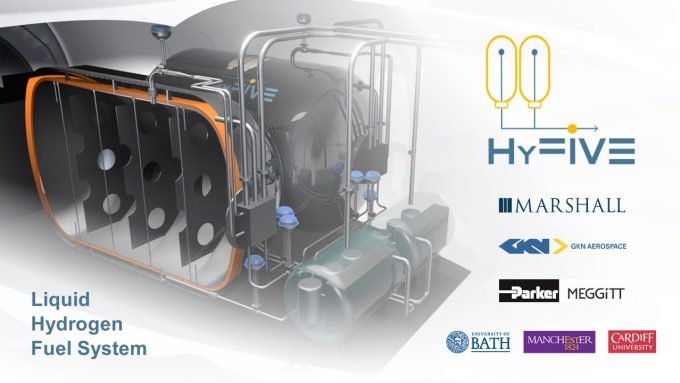 HyFIVE represents a significant leap forward in advancing a world-leading liquid hydrogen fuel system and future supply chain within the aviation sector. This collaborative effort underscores GKN Aerospace’s unwavering commitment to fostering innovation and sustainability. Led by Marshall, the HyFIVE consortium is on the cusp of achieving major milestones, including the development and rigorous testing of scalable liquid hydrogen fuel system technologies. These efforts will culminate in a fully integrated ground demonstration showcasing the hydrogen fuel system's capabilities.
HyFIVE represents a significant leap forward in advancing a world-leading liquid hydrogen fuel system and future supply chain within the aviation sector. This collaborative effort underscores GKN Aerospace’s unwavering commitment to fostering innovation and sustainability. Led by Marshall, the HyFIVE consortium is on the cusp of achieving major milestones, including the development and rigorous testing of scalable liquid hydrogen fuel system technologies. These efforts will culminate in a fully integrated ground demonstration showcasing the hydrogen fuel system's capabilities.
Read More
Review of John Weisend II’s Superfluid – How a Quantum Fluid Revolutionized Modern Science
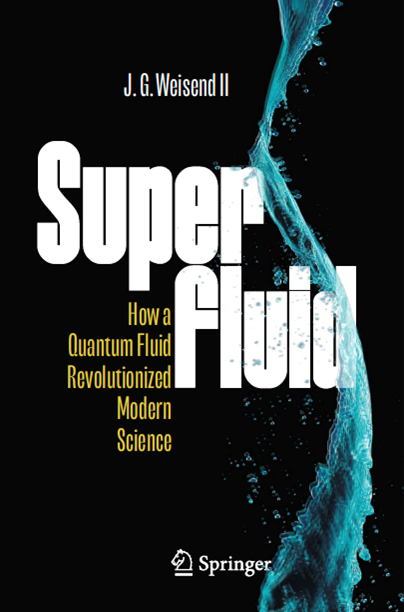 Over the recent holidays, we hosted some new friends in our home. The young couple are both technically savvy but have never previously encountered the world of cryogenics, low temperatures, or superfluid helium. I had a copy of John Weisend II’s new book Superfluid – How a Quantum Fluid Revolutionized Modern Science sitting around, and one of the two picked it up out of curiosity. The cover design is cool, and it grabs your attention. Our young friend was captivated by the contents and commented on how great it was that he could understand it all. I will now be ordering a copy for him. (I had yet to read my own copy and would not let him take it with him when he left.) This is a great book. It relates a technically fascinating story in a manner accessible to the general public. You should order a copy for yourself!
Over the recent holidays, we hosted some new friends in our home. The young couple are both technically savvy but have never previously encountered the world of cryogenics, low temperatures, or superfluid helium. I had a copy of John Weisend II’s new book Superfluid – How a Quantum Fluid Revolutionized Modern Science sitting around, and one of the two picked it up out of curiosity. The cover design is cool, and it grabs your attention. Our young friend was captivated by the contents and commented on how great it was that he could understand it all. I will now be ordering a copy for him. (I had yet to read my own copy and would not let him take it with him when he left.) This is a great book. It relates a technically fascinating story in a manner accessible to the general public. You should order a copy for yourself!



